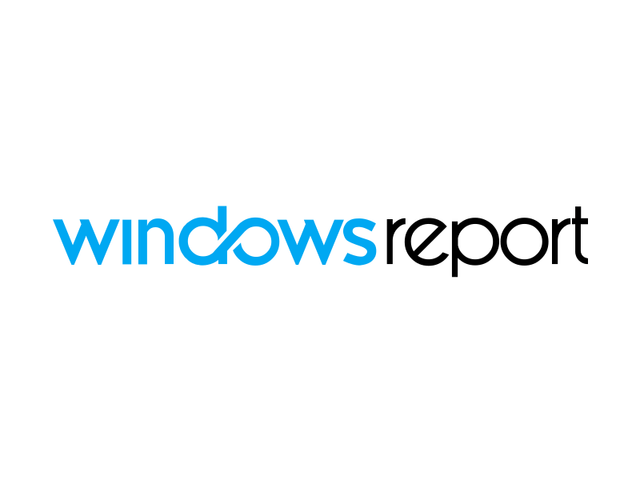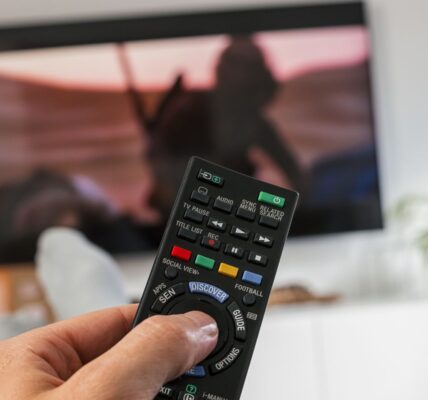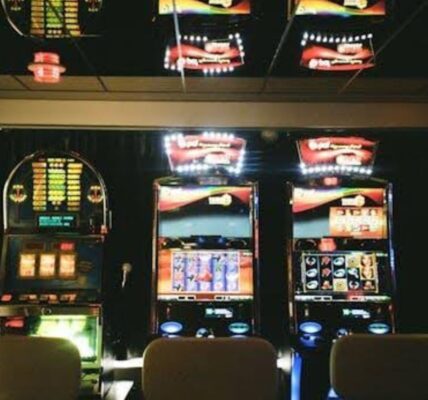Customer loyalty and rewards programs are everywhere these days. Retailers, airlines, hotels and other services offer special perks, discounts, upgrades and other benefits to encourage repeat business. The most elite levels of these programs, usually called “VIPs,” provide the most valuable rewards to the biggest spenders.
But are VIP and loyalty programs actually worth it for average consumers? Do their benefits outweigh the costs of participation? This article examines the pros and cons of these schemes.
Promise of Recognition and Rewards
Advocates argue loyalty programs deliver more personalized service and exclusive perks. Attaining “VIP status” provides a sense of prestige and recognition for frequent customers.
Casino Richard VIPs often receive:
- Room upgrades at hotels
- Access to exclusive events and experiences
- First dibs on hot products or limited inventory
- Priority bookings and reservations
- Concierge service and customized assistance
- Loyalty points and credits towards future purchases
- Gifts, surprises and other free perks
These special benefits make customers feel valued. The promise of VIP treatment also creates an incentive to keep spending to maintain one’s elite status level.
Do Rewards Outweigh the Costs?
However, critics point out the costs of VIP and loyalty programs ultimately get passed onto all customers through higher overall prices. Brands have to fund the points, perks and discounts they give away.
To earn substantial rewards from loyalty programs, customers must spend a lot over time. These programs best serve companies’ top customers who regularly purchase at high volumes anyway. Average customers likely will not gain enough rewards to justify the higher prices.
Beware of Psychological Manipulation
Experts also warn that loyalty programs manipulate consumer psychology and spending habits. People can become obsessed with accumulating points and climbing the tiers. This “gamification” provides false satisfaction from status rather than real value.

Brands want to foster a competitive, aspirational mindset so customers constantly chase the next level in the program. While VIPs may feel elevated and special, it stems from unhealthy brand devotion.
Illusion of Exclusivity
Moreover, the exclusivity that defines VIP status diminishes as more customers reach elite tiers. For example, many airline frequent flyer programs now have not only gold and platinum but also titanium and diamond premium levels.
Hotels are similarly diluting the value of VIP treatment as they expand loyalty programs to keep guests coming back. The glut of status levels increases costs under the expectation that customers require ever more personalized service and amenities.
Consider Your Own Spending Habits
Ultimately, whether VIP and loyalty schemes make sense depends greatly on each customer’s individual spending habits and brand preferences. These programs work best for those who regularly patronize the same brands and typically purchase high-end products or services. Average consumers likely will not receive enough value to make the higher prices worthwhile.
Occasional splurges on nice dining or travel experiences may sufficiently deliver a feeling of exclusivity. Chasing elite status levels risks overspending and emotional manipulation solely for bragging rights. Evaluate your habits honestly before pursuing VIP treatment.
Conclusion
VIP and loyalty programs promise affirmation and rewards to a company’s best customers. But the value derived decreases as more people reach premium elite tiers. Meanwhile, brands pass the costs of perks and benefits on to all shoppers through higher prices.
Before pursuing the hype of special status, carefully consider whether an expensive loyalty program aligns with your individual spending habits and budget. The psychological satisfaction of exclusivity often obscures the diminishing tangible returns on investment. Ultimately, being a clever and selective shopper likely does more good than loyalty to any single brand.




